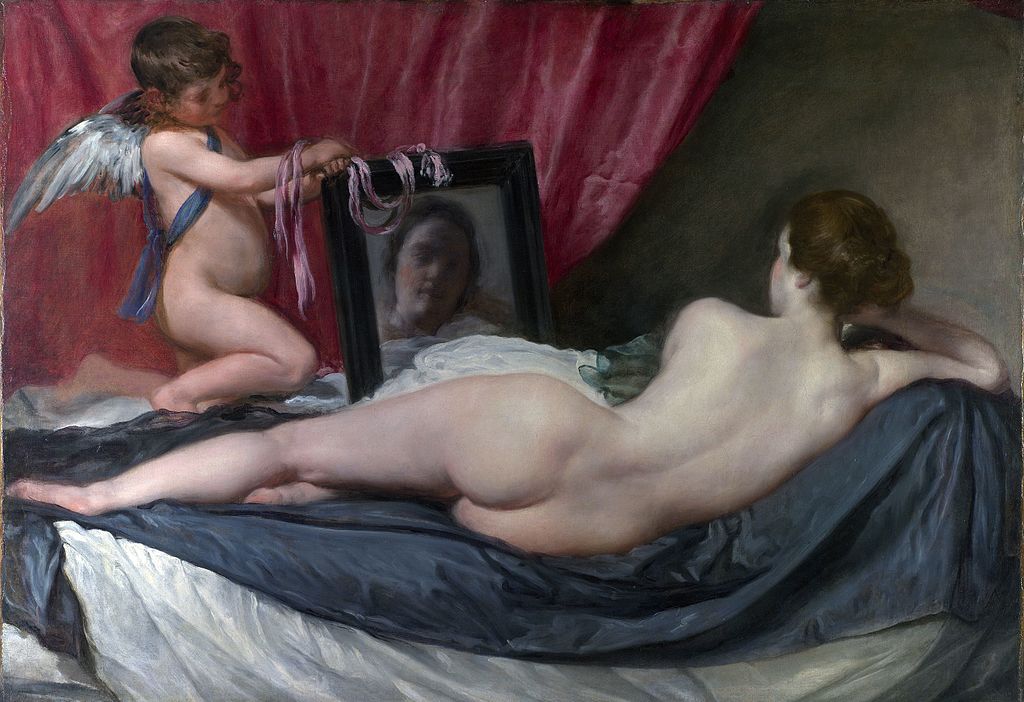During World War II, in London’s bleak days, Kenneth Clark acted, as the review of his biography by James Stourton in today’s New York Times reminds us.
Clark recognized that in dark times there is a yearning for serious art, music and literature.
 Many people now feel that we as a nation are going through dark days as well–no matter where you stand politically, it’s hard to reconcile our national values with the increased incidents of hate that have been occurring around the country this year. It doesn’t compare with World War II, but I am wondering if–without getting political–our cultural institutions might be involved in a healing process.
Many people now feel that we as a nation are going through dark days as well–no matter where you stand politically, it’s hard to reconcile our national values with the increased incidents of hate that have been occurring around the country this year. It doesn’t compare with World War II, but I am wondering if–without getting political–our cultural institutions might be involved in a healing process.
It would be an opportunity to demonstrate that so-called elite culture is not elite at all. The BBC, the Stourton writes, had “not understood the mood of the nation, and believed that people wanted nothing but light music.â€
But Clark felt otherwise:
Bereft at how emergency orders had shut down so much of the cultural life in London, he began to open the now-empty and echoing National Gallery for a vastly popular series of noontime concerts.
The BBC took notice and began to broadcast them.
Furthermore, since the National Gallery’s artworks had been shipped out of town, to safety in Wales,
Clark elected to take one master painting at a time out of storage, and to show each selection in a series of exhibitions titled “Picture of the Month.†Nearly 40,000 people came to see Velázquez’s “Rokeby Venus.â€
Can our museums today be part of the solution? Have they misread the situation, like the BBC, offering exhibitions that divide rather than unite? Can they think of ways to bring us together?
These questions are worth pondering–and, after some deep thought, perhaps some action.
